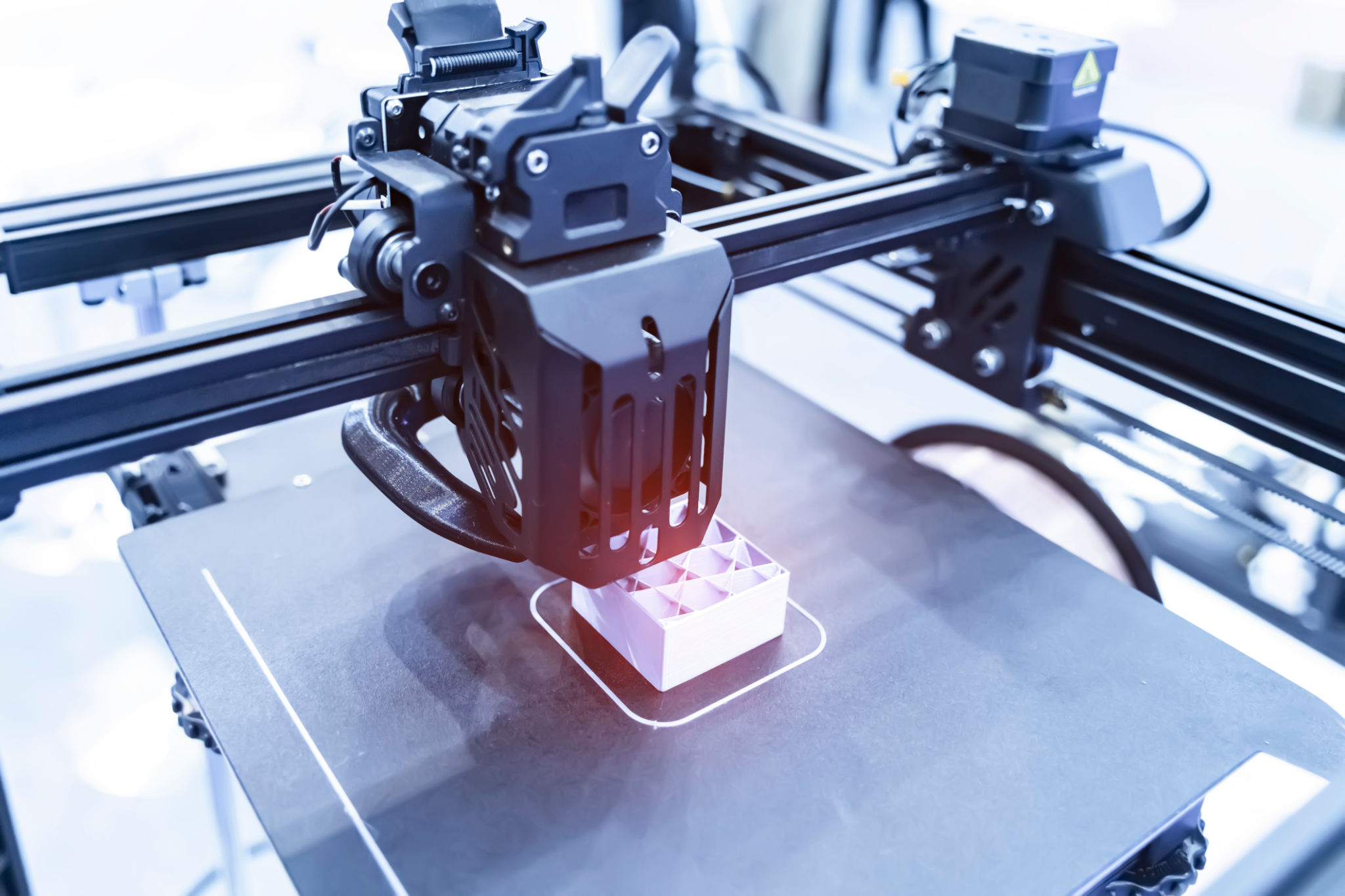Future Trends in Rapid Prototype Machining: What to Expect in the Next Decade

Rapid prototyping has experienced significant growth in recent years, with the global market expected to reach approximately $12 billion by 2025, growing at a compound annual growth rate (CAGR) of over 15%. The surge in demand highlights the critical role rapid prototyping plays in modern manufacturing. As rapid prototyping is increasingly adopted across industries, some key trends are emerging that will determine the future of the sector over the next decade:
Key trends in the rapid prototyping industry
1. Material progress
The next decade will see breakthroughs in rapid prototyping materials. Innovations in high-performance alloys, biocompatible materials, and composites will make it possible to produce prototypes that are not only lightweight;
2. Automation and smart manufacturing
The convergence of automation and artificial intelligence will revolutionize rapid prototyping. Smart machinery equipped with real-time monitoring will optimize production processes, reduce errors, and minimize waste. This shift to smart manufacturing;
3. Customization and personalization
As consumer demand for personalized products grows, rapid prototyping will play an important role in enabling customization. Companies will gain a competitive advantage in manufacturing by leveraging advanced prototyping technologies to create customized products that meet specific consumer needs;
4. supply chain resilience
Businesses seek more agile manufacturing solutions to ensure supply chains no longer weaken. Companies are looking for more agile manufacturing solutions. Rapid prototyping provides the flexibility and speed to shorten product development cycles and reduce reliance on traditional supply chains, which will become increasingly important in the coming year;
5. Sustainable Development Initiatives
As environmental responsibility becomes more of a concern, rapid prototyping will increasingly focus on sustainability. Technologies that reduce material waste and energy consumption will be prioritized. Companies that adopt environmentally friendly practices not only meet regulatory requirements but also attract environmentally conscious consumers;
6. Market competition intensifies
As rapid prototyping technology becomes more common, competition will intensify. New entrants will continue to emerge, forcing existing companies to innovate.

Conclusion
The future of rapid prototyping is bright, filled with opportunities driven by technological advancements and changing market demands. By adapting to these trends, companies can enhance their capabilities, meet changing customer expectations, and maintain a competitive advantage in an increasingly dynamic environment. For companies looking to take advantage of cutting-edge rapid prototyping, SHD PROTOTYPE stands out with its advanced CNC machining capabilities. SHD PROTOTYPE is committed to precision and efficiency, providing tailor-made solutions to meet the different needs of various industries. Whether you need rapid prototyping for product development or a custom manufacturing solution, SHD PROTOTYPE can support you from concept to completion.
